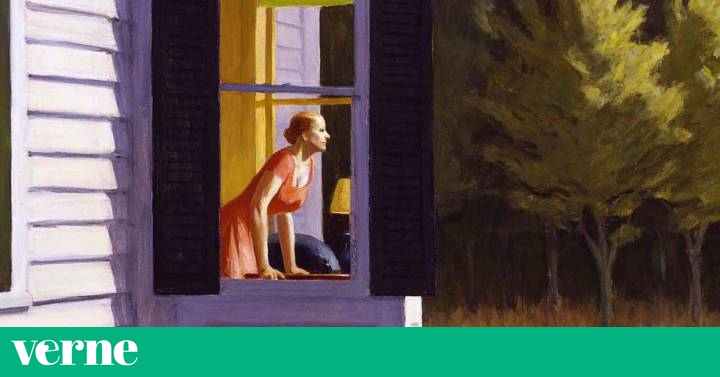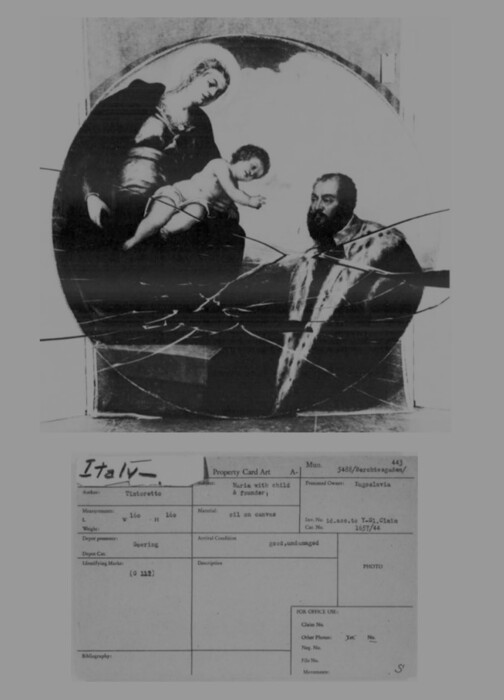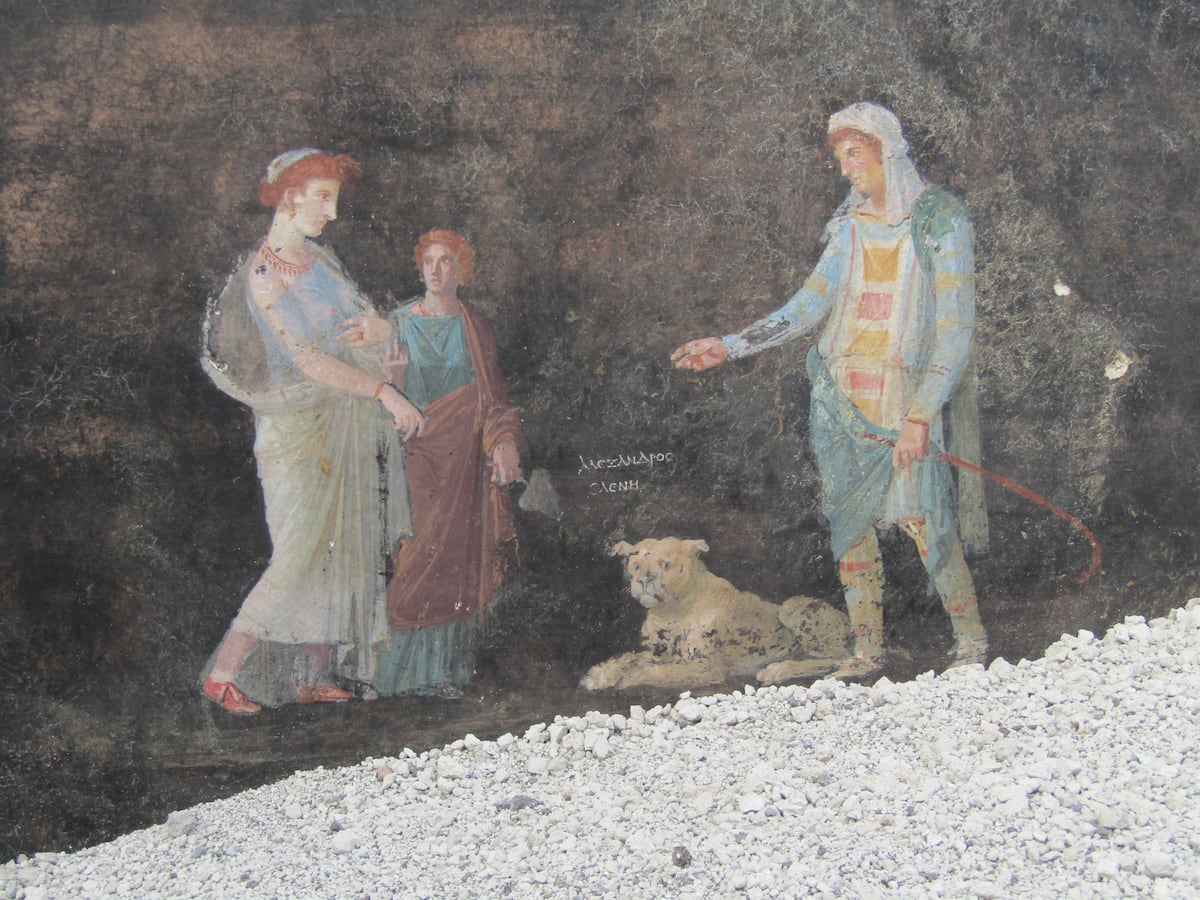Several weeks have passed since the state of alarm for the coronavirus crisis was announced, which has caused many Spaniards to move their daily activities to their homes and the landscape of our cities to change markedly, as we can see in small doses when we leave. to make the purchase to the supermarket. In this article we offer you a selection of works of art that, without intending to, anticipated some of the scenes that the coronavirus is leaving us.
Deserted cities
Antonio López immortalized the city of Madrid from different points of view and on multiple occasions. What perhaps he did not imagine is that the Gran Vía, one of the busiest streets in the city, would end up for so long becoming an uninhabited area, just as he had portrayed it. And it is that although the hyperrealist painter's intention was to capture the Madrid capital in the light of dawn and focus his gaze on the inert, his works seem almost a premonition of the consequences that the state of alarm is having in multiple Spanish cities.
But López was not the only one who found charm in empty cities. At the beginning of the 20th century, Giorgio di Chirico, a famous Italian painter whose compositions preceded surrealism, experimented with the solitude and monuments of northern Italy in what is known as metaphysical painting. Isolation has a leading role in some of his series. This is what happens, for example, in Plazas de Italia , works that made him go down in history as the painter of a lonely, dreamy world with practically impossible infinite perspectives. Its landscape is not so far from what we are experiencing, and in the end what was once most normal has become unreal: those two human silhouettes together have gone from routine to hopefully.
The scene does not change too much beyond the sea of buildings, in the most rural areas and close to nature. The solitary landscape remains, although in this case the views are closer to those captured in Caspar David Friedrich's romantic works, in which man, normally alone, feels diminutive before the immensity of nature. Its Abbey in the Oak Grove transforms the ruin into a landscape full of melancholy and longing for the past that does not stray at all from our current feelings.
Life still at home
Life never ceases to amaze us. Proof of this is that, from one day to the next, we have had to transfer all our routines to the four walls that we used to call home. Because yes, the streets are empty but life goes on, even if you have to find new ways in a space as small as a house can be.
Teleworking has become a reality for many Spaniards. To learn how to cope with this new situation, in Verne we offered you an article with some tips. You'd better apply them if you don't want to end up just as engrossed as Vermeer's The Geographer Immortalized in the 16th Century, who solitary tries in vain to focus on his studies to end up looking through his window, perhaps longing for the outside world, that it is the object of their studies.
But not everything is going to be responsibilities. Each one finds these days his favorite way to occupy time and among them reading is a classic. Many readers short of time take advantage of the dead hours to devour their pending titles, just as the rococo painter Fragonard portrayed the Girl reading , a work known to hide repentance: the appearance of a sketch made researchers discover that there is another previous woman's face that looks towards the viewer.
And in activities for the whole family, cards are a classic. The card players , by Cézanne, built with the geometric shapes that caught the attention of the Cubists, sneak these days into some of our homes. This work, although apparently simple, is one of the most important in the history of art and definitively crowned its author as the father of modern painting, for a long time holding the title of the most expensive painting in history.
Loneliness
Confinement is making us miss the details we previously missed. By now most of us would give anything to miss the bus and head home on a makeshift ride. And although this plan may not be to everyone's liking, if we agree on anything it is that we miss human contact. We miss our family, our friends, our partner.
The alarm state has brought isolation. From one day to the next we have become the protagonist of the works of Edward Hopper - as many users of social networks have pointed out - who has not without reason gone down in history as the painter of solitude. The American artist's paintings capture isolated, lonely and melancholic people, immersed in their own thoughts. It is quite unlikely that we will have letters to read, like the protagonist of Hotel Room , but what we who stay home today do share is the posture of the young woman of Tomorrow in Cape Cod , waiting like every day for eight o'clock to arrive in the afternoon to leave our hands applauding the work of the toilets.
Throughout the history of art, many dared to portray loneliness, and not always from the same perspective. In the case of Berthe Morisot, the quintessential impressionist painter, Hopper's melancholic aura disappears almost entirely. Throughout his production he portrays isolation on many occasions but accompanied by much warmer feelings, as in The artist's sister in the window , where the young woman appears engrossed observing the fan she holds in her hands.
What is clear is that the coronavirus did not invent loneliness. We should not let this physical detachment affect our emotional relationships. And less at a time when the other end of the world is just a click away.
* You can also follow us on Instagram and Flipboard. Don't miss the best of Verne!


/cloudfront-eu-central-1.images.arcpublishing.com/prisa/NHY25SDHJVC45K6D6SVJC32DCQ.jpg)


/cloudfront-eu-central-1.images.arcpublishing.com/prisa/5KDVUJ6T2BBT5OOGJNFRVLLZLE.jpg)








/cloudfront-eu-central-1.images.arcpublishing.com/prisa/S7ERVSCT4FUVX6R7TUVBDNTH5Y.jpg)
